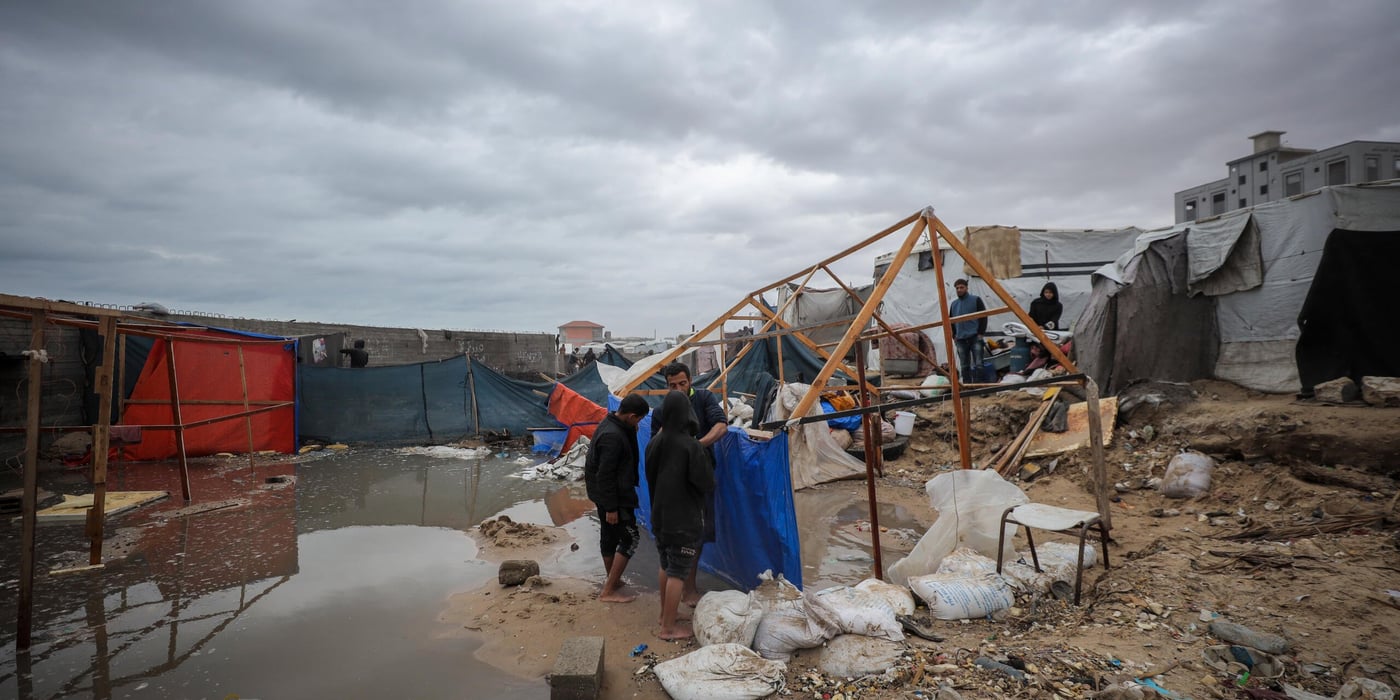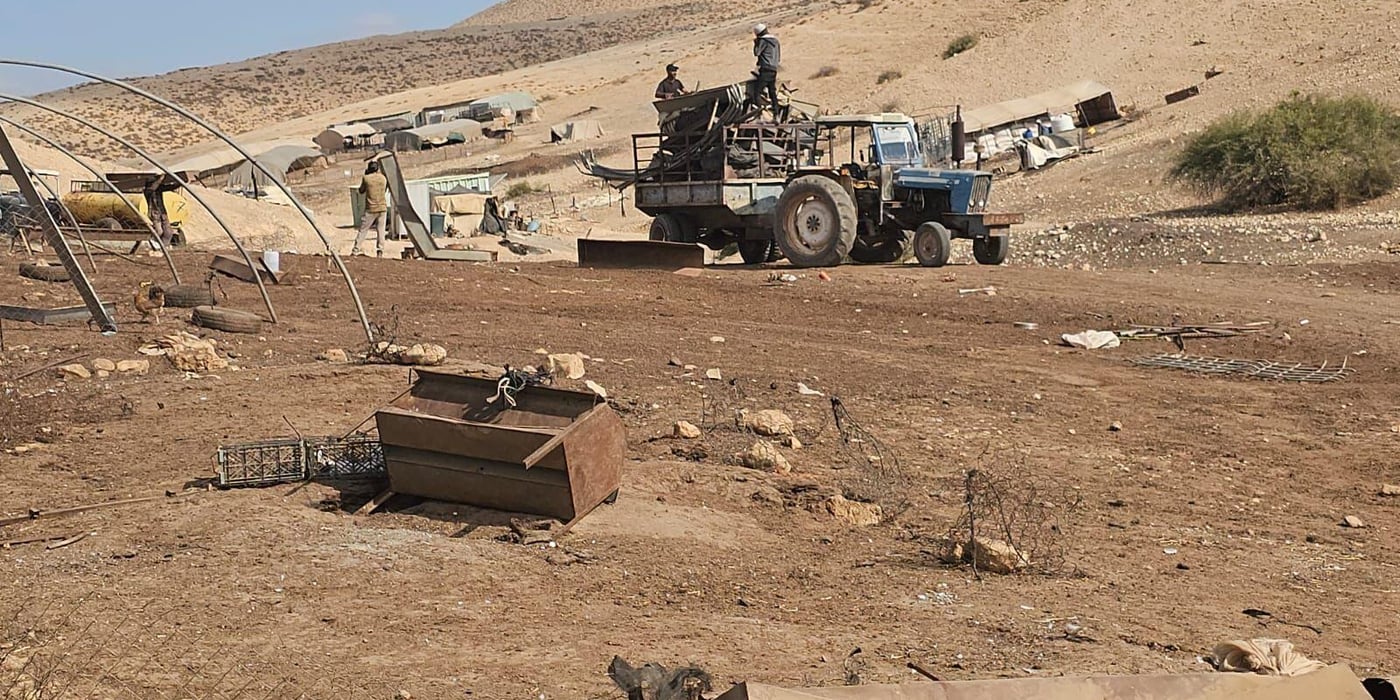
What is internal displacement?
While a refugee crosses an international border to seek safety, an internally displaced person (IDP) has been forced to flee their home and finds refuge within the boundaries of his or her country.
A displaced family might flee their rural village to a nearby city, hoping for a better chance to survive. They might live in the middle of a country, incapable of crossing its vast interior. They might find themselves stranded at a closed international border, unable to cross.
Some flee violence – war, conflict or persecution. Others escape natural hazards, disasters or negative effects of climate change. Many flee both, a deadly combination that quells their chances of returning home.
Millions of people are internally displaced worldwide – and the numbers continue to grow. For the latest updates on IDP trends and figures, visit our Internal Displacement Monitoring Centre (IDMC).
Our work for the internally displaced
Be they in tented settlements or scattered across a big city, NRC works to bring safety and assistance to internally displaced people worldwide. Our teams reach some of the largest IDP populations in the world.
In 1998, we established IDMC and today, it is a global leader in monitoring, analysing and advocating for the protection of IDPs and those at risk of displacement.
Monitoring internal displacement is crucial to understand why and when families become displaced within their country. It helps us know whether they can return home quickly, or if they need to flee further – sometimes across international borders and beyond. IDMC's work contributes to a wider sense of possible patterns of migration and population movement.



